
Antarctica
Antarctica is the coldest place on Earth. The air temperature varies from -10°C to -30°C. The lowest temperature recorded in Antarctica was -89°C. It is the coldest and windiest continent in the world. Due to its harsh climate explorers are unable to fully examine this mysterious place. Antarctica has a lot of secrets. The average thickness of the ice crust reaches 2.5 km, and the thickness of the ice sheets exceeds 3.2 km. The surface located under the ice conceals many archaeological artifacts of the historic period when Antarctica had no ice.
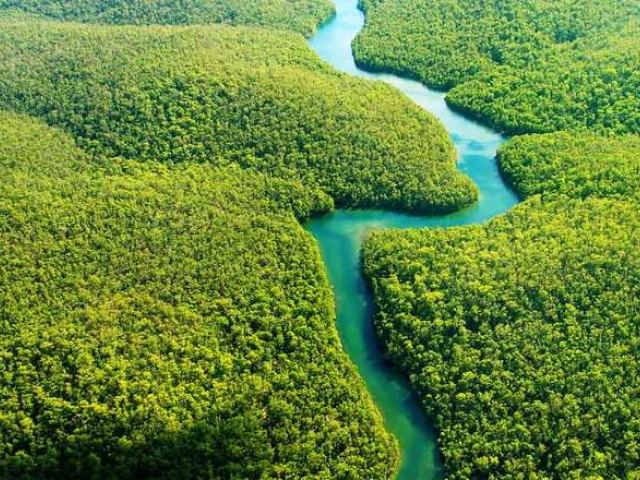
Amazon Rainforest (South America)
The Amazon rainforest makes up for around 50% of all forests on the planet. The area of the forest reaches 6.47 million sq. km. Biodiversity and rare species of animals of this place are of interest to most scientists. The Amazonian rainforest is not fully studied. It rains all year in the rainforests, leading to a sharp rise in the river water level. Therefore, it is very unsafe to cross the river due to the extreme underwater currents. This place is inhabited by dangerous animals such as jaguars, rattlesnakes, wandering spiders, piranhas, black caimans, and anacondas.
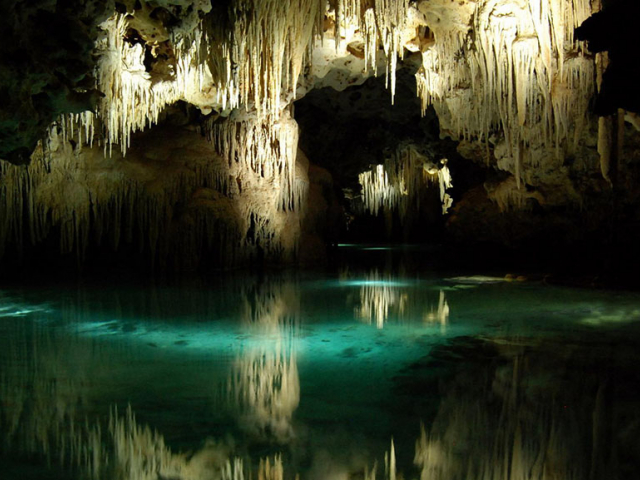
Caves of Yucatan (Mexico)
There is a huge variety of caves in the world e.g. crystal or snow caves. They are very difficult to research and extremely hazardous for expeditions because of possible drastic changes in terrain. Additionally, their exploration is quite challenging due to severe weather conditions, sharp slippery stones, heat, and high humidity. Some underwater caves such as the flooded caves of Yucatan in Mexico and the sanctuary of the Maya are not inhabited by living creatures as the conditions there are not adapted for life and hazard.
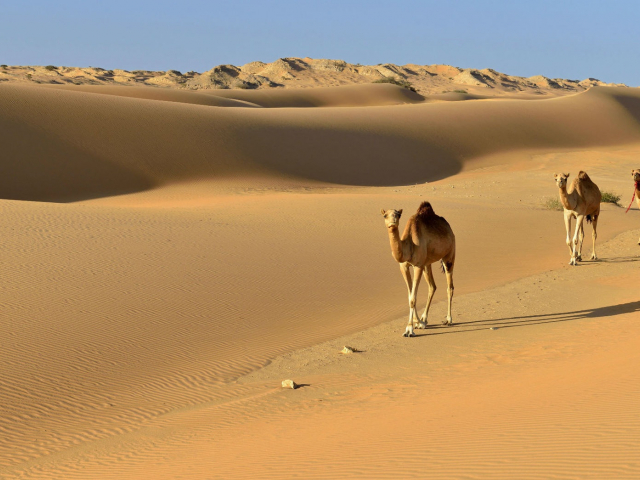
Sahara desert
According to scientists, most of the deserts are difficult to explore due to the harsh weather conditions. Extreme temperature changes occur quite frequently in these areas: the day can be very hot while the night may be unbearably cold. Such conditions are arduous for plants, animals, and people. The Sahara is the hottest desert in the world. It is located in Africa. The amount of annual precipitation in this dessert as in many others tends to zero.
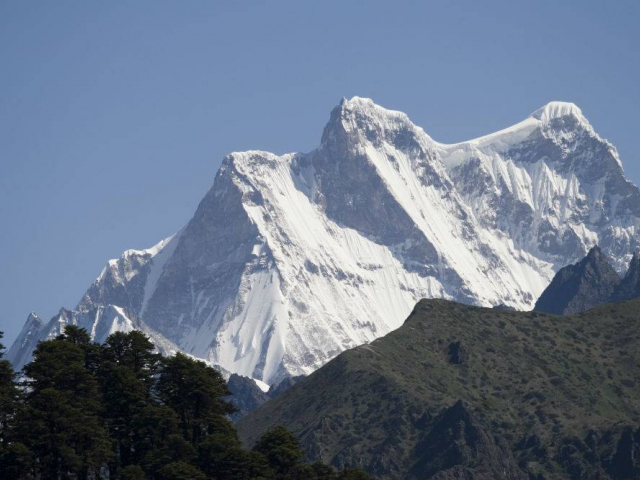
Gangkhar Puensum (Bhutan)
Gangkhar Puensum is the highest unconquered mountain peak in the world. The height of this peak reaches 7570 m. The number of registered expeditions to Gangkhar Puensum amounts to four: in 1983, 1985, 1986, and 1994. All of them were unsuccessful due to heavy snowfall and severe weather conditions. In 2004, the Bhutanese authorities banned the climb on Gangkhar Puensum because the mountain is sacred to the local population. It remains unexplored.
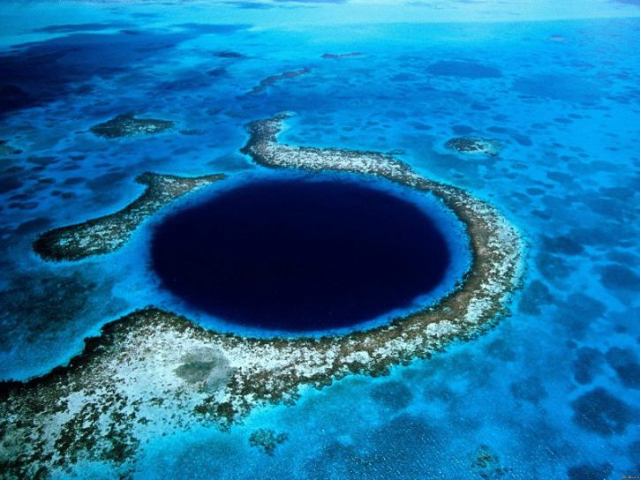
Mariana Trench (Pacific ocean)
The Mariana Trench is the deepest place on the planet. It is located in the Western Pacific Ocean. This wonder was formed millions of years ago. The Challenger Deep is the deepest known point. It goes down more than 11 km. The Marianas Trench is hard to explore because of large depth and high pressure. This is the habitat of deep-sea creatures and rare minerals. At the bottom of the Mariana Trench, there are fossils that are over a million years old. The inaccessibility of this place makes it almost impossible to study.
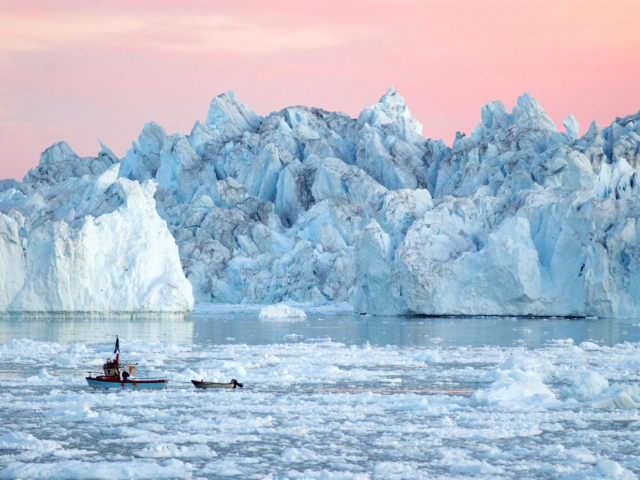
Greenland
Greenland is recognized as the largest island in the world. A significant part of the land is covered by ice caps which slightly smaller than the ice sheets. This place is practically unexplored. Ice layers in Greenland with a thickness of 3200 meters are about 100 thousand years old. Apart from glaciers and glacial rivers, there are thermal springs there. Greenland is well known for its Northern lights and white nights. The unstable climate makes the island one of the most unexplored places on Earth.
 English
English 
 Русский
Русский Bahasa Indonesia
Bahasa Indonesia Bahasa Malay
Bahasa Malay ไทย
ไทย Español
Español Deutsch
Deutsch Български
Български Français
Français Tiếng Việt
Tiếng Việt 中文
中文 বাংলা
বাংলা हिन्दी
हिन्दी Čeština
Čeština Українська
Українська Română
Română
